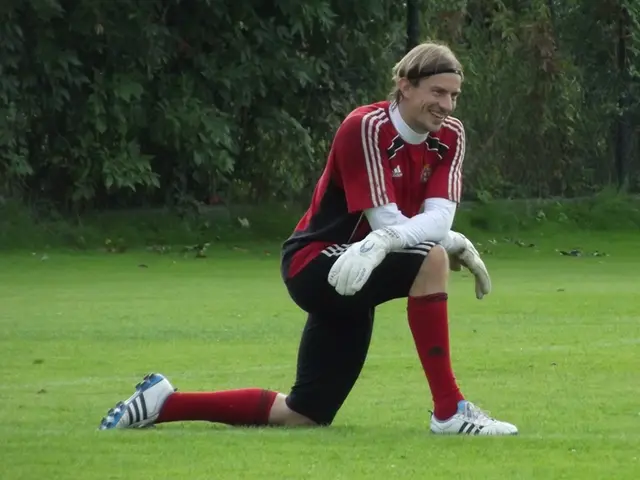MRSA spread: Transmission methods, prevention strategies, and related insights
Methicillin-Resistant Staphylococcus aureus (MRSA) Colonization: Understanding a Potential Health Risk
Methicillin-resistant Staphylococcus aureus (MRSA) colonization refers to the presence of MRSA bacteria on or in the body, without causing infection. This means an individual can carry the bacteria without exhibiting symptoms of MRSA infection.
MRSA bacteria are usually found in moist areas, such as the nose, throat, groin, armpits, skin folds, perineal area, and skin. Although colonization does not cause symptoms, it poses a concern for healthcare professionals due to the potential for unknowing transmission and subsequent infection, particularly in healthcare settings.
MRSA infection is harmful due to its resistance to numerous common antibiotics, especially methicillin and related drugs like penicillin, amoxicillin, and oxacillin. This makes treatment more challenging and potentially dangerous, especially for vulnerable individuals.
MRSA can spread through close contact with infected or colonized individuals, sharing unclean equipment or supplies, environmental contamination of household surfaces, and various other means. Colonization can sometimes lead to infection, particularly when an individual's immune system is weakened or there is a wound present.
To minimize the risk of MRSA colonization and infection, adhering to hygiene guidelines is crucial. These guidelines include regular hand washing and showering with antiseptic soap, keeping wounds covered and clean, avoiding the sharing of personal items like towels, razors, clothing, and bedding, washing clothes, sheets, and towels in hot water, drying them on high heat, and regularly disinfecting surface areas.
In medical settings, medical professionals may screen patients for MRSA bacteria, especially those scheduled to undergo surgery, through swabbing common infection areas. If MRSA colonization is detected, they may prescribe nasal creams or sprays, body wash, and shampoo to help reduce the bacterial load. The course of treatment typically lasts for 5 to 10 days.
Monitoring for signs of skin infection, particularly in areas with cuts or abrasions, is essential. Signs of MRSA infection include pain, redness, pus, swelling, and warmth. By following hygiene guidelines at home and in medical settings, individuals can help reduce the chances of MRSA colonization and MRSA infection.
FAQs
- Does MRSA go away on its own? While it is possible for MRSA colonization to resolve without intervention, this is not always the case, and elimination is often necessary.
- Does chlorine kill MRSA? Yes, chlorine can effectively kill MRSA.
- Will I always carry MRSA bacteria? The duration of MRSA colonization can vary greatly, and some cases may resolve without treatment. However, in vulnerable populations and those with recurring colonization, active management is often required to prevent complications.
- MRSA, a superbug known for its resistance to several common antibiotics, can remain in the body without causing infection, a condition known as MRSA colonization.
- Prolonged MRSA colonization, especially in vulnerable populations, may require therapies and treatments such as nasal creams, body wash, and shampoo to help reduce the bacterial load.
- Mental health plays a role in overall health and wellness, and when dealing with conditions like MRSA, it's important to seek support and manage stress effectively through various therapies and treatments.
- Regular hand washing, use of antiseptic soap, and disinfection of surfaces can prevent the spread of MRSA, as well as other infectious medical-conditions, promoting a clean and safe health-and-wellness environment for everyone.





